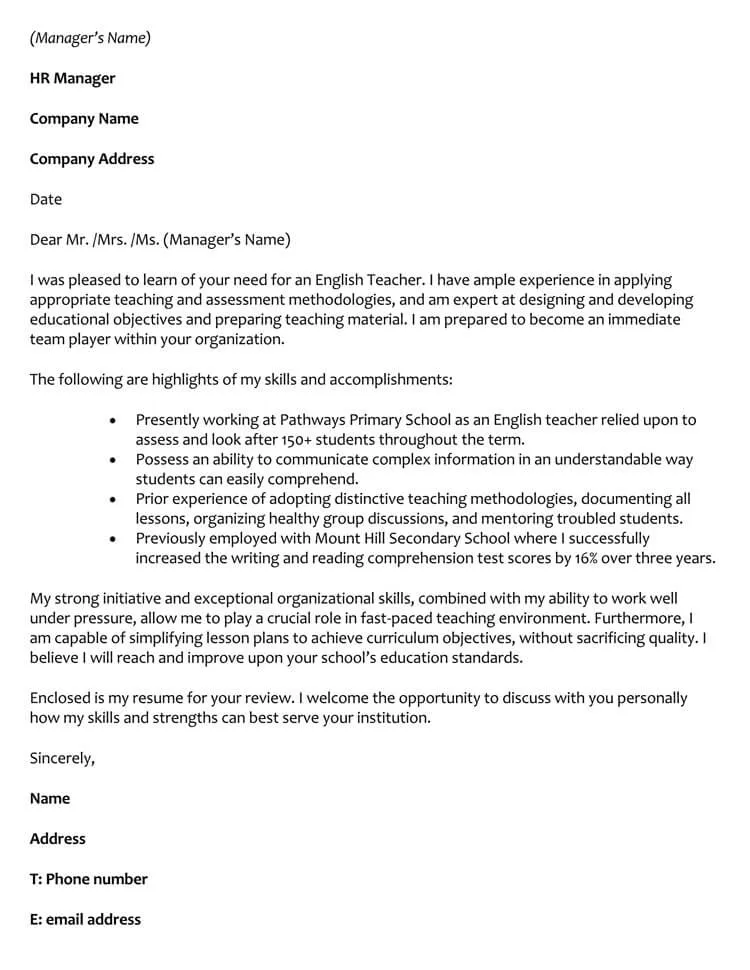What is a Portfolio Cover Letter
A portfolio cover letter is a crucial document that accompanies your portfolio when applying for jobs, projects, or opportunities. It serves as an introduction to your work, highlighting your skills, experience, and the value you can bring to the recipient. Unlike a generic cover letter, a portfolio cover letter is tailored to showcase specific projects and demonstrate your suitability for the role. It provides context and narrative to your portfolio, making it more impactful and memorable for the reader. This is your chance to connect your work directly to the job requirements and express enthusiasm. It is your opportunity to go beyond the resume and allow a recruiter to get to know your personality.
Why You Need a Cover Letter for Your Portfolio
A well-crafted cover letter for your portfolio can significantly increase your chances of landing an interview or securing the desired opportunity. A portfolio alone presents your work, but a cover letter adds the narrative and context. It allows you to explain your thought process, the challenges you overcame, and the impact of your projects. Recruiters often receive numerous applications; a compelling cover letter helps you stand out from the crowd. It allows you to personalize your application, demonstrating that you’ve researched the role and understand the employer’s needs. It sets the stage for your portfolio and guides the reader, ensuring they appreciate your best work. Moreover, a cover letter allows you to communicate your personality, passion, and enthusiasm, making you more than just a list of accomplishments.
Key Components of a Cover Letter for Portfolio
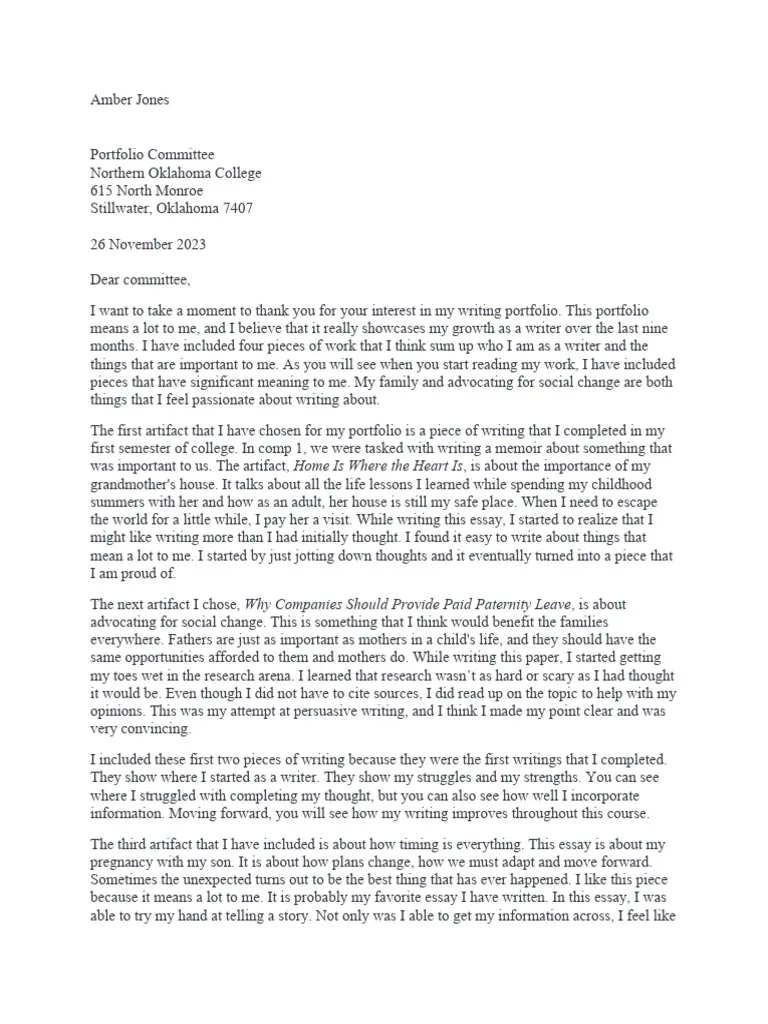
A strong portfolio cover letter should include several key components to ensure it effectively communicates your qualifications and enthusiasm. These elements work together to create a cohesive and compelling narrative that grabs the reader’s attention. The structure is as important as the content, so careful consideration is critical when crafting your cover letter.
Your Contact Information and Date
Start your cover letter with your contact information. This includes your name, phone number, email address, and optionally, your LinkedIn profile or personal website URL. Place this information at the top left or right corner of the letter. Beneath your contact information, include the date on which you are writing the cover letter. This establishes professionalism and ensures the recipient knows when you submitted your application. Correct formatting and attention to detail here set a positive tone.
Recipient’s Information
Below your contact information and the date, provide the recipient’s information. If you know the hiring manager’s name, address them by name. If not, use a professional title such as “Hiring Manager.” Include the company’s name and address. Researching the correct person to address your letter to demonstrates initiative and attention to detail, which is crucial for landing the job. Tailoring your letter to the recipient adds a personal touch that will increase the chance of a positive outcome.
Professional Greeting
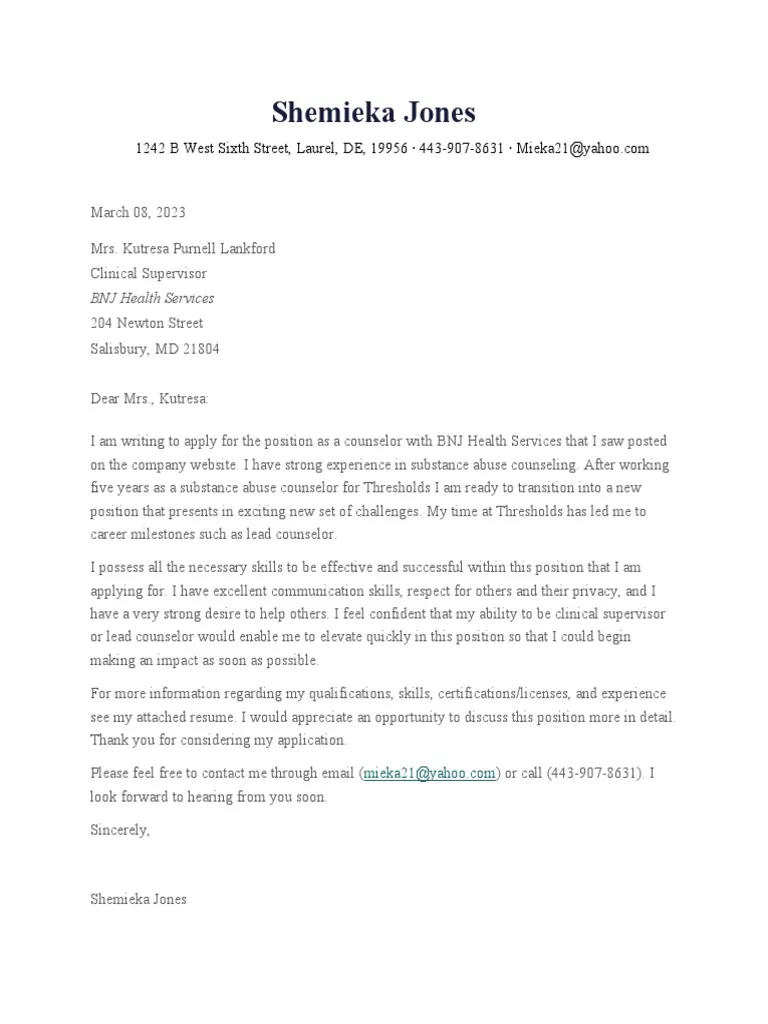
Begin your letter with a professional greeting. Use “Dear [Hiring Manager’s Name],” if you know the recipient’s name. If the name is unavailable, use a general greeting like “Dear Hiring Manager.” Avoid overly casual greetings. The salutation sets the tone for the entire letter, so it’s important to be respectful and professional. Proper salutations immediately set the tone and show you respect the reader.
Opening Paragraph Grabbing Attention
The opening paragraph is your first chance to make a strong impression. Start by stating the position you are applying for and where you found the job listing. Then, briefly mention what interests you about the role or the company. You can also provide a brief, compelling statement about your relevant experience or a significant achievement that immediately grabs the reader’s attention. Keep it concise and focused on the reader’s needs. The goal is to make the reader want to continue reading your cover letter.
Highlighting Your Value Proposition
In the body of your letter, explain why you are the best candidate for the job. Highlight your key skills, experience, and accomplishments that align with the job requirements. Clearly articulate what you bring to the table and how you can contribute to the company’s success. Quantify your achievements whenever possible using numbers and data to demonstrate the impact of your work. Show them why you stand out. This section is where you connect your portfolio pieces with the job requirements.
Showcasing Relevant Skills and Experience
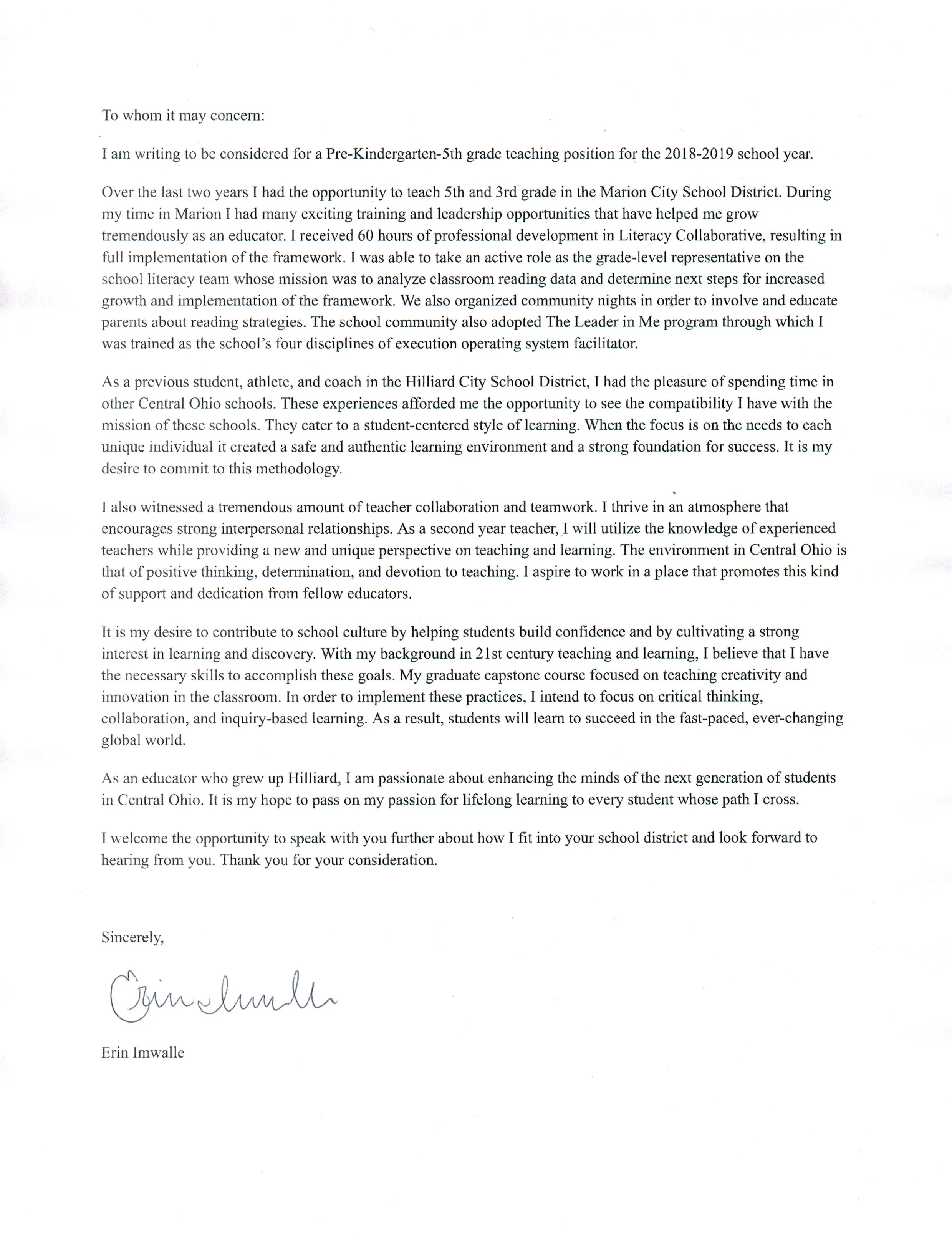
This is where you demonstrate how your skills and experience directly relate to the job’s requirements. Mention specific projects from your portfolio that showcase your abilities. Describe the context, your role, the challenges you faced, and the results you achieved. Explain your thought process and how you approached the project. This demonstrates your ability to apply your skills in real-world scenarios and provides evidence of your competence. Reference your portfolio by linking the content, allowing them to easily review your work.
Referencing Your Portfolio
Throughout your cover letter, strategically reference your portfolio. Mention specific projects that are relevant to the job description. Provide a brief description of the project, your role, and the results. Include a direct link to your portfolio or the specific project within your portfolio. This makes it easy for the hiring manager to review your work and connect it to your claims. Make it easy for the reader to find the work.
Call to Action and Expressing Enthusiasm
In your closing paragraph, include a clear call to action. State your interest in the position and your enthusiasm for the opportunity. Express your desire to discuss your qualifications further in an interview. Thank the hiring manager for their time and consideration. Reiterate your contact information and make it easy for them to get in touch with you. This shows that you are eager and ready to take the next step in the hiring process.
Closing and Formal Sign-off
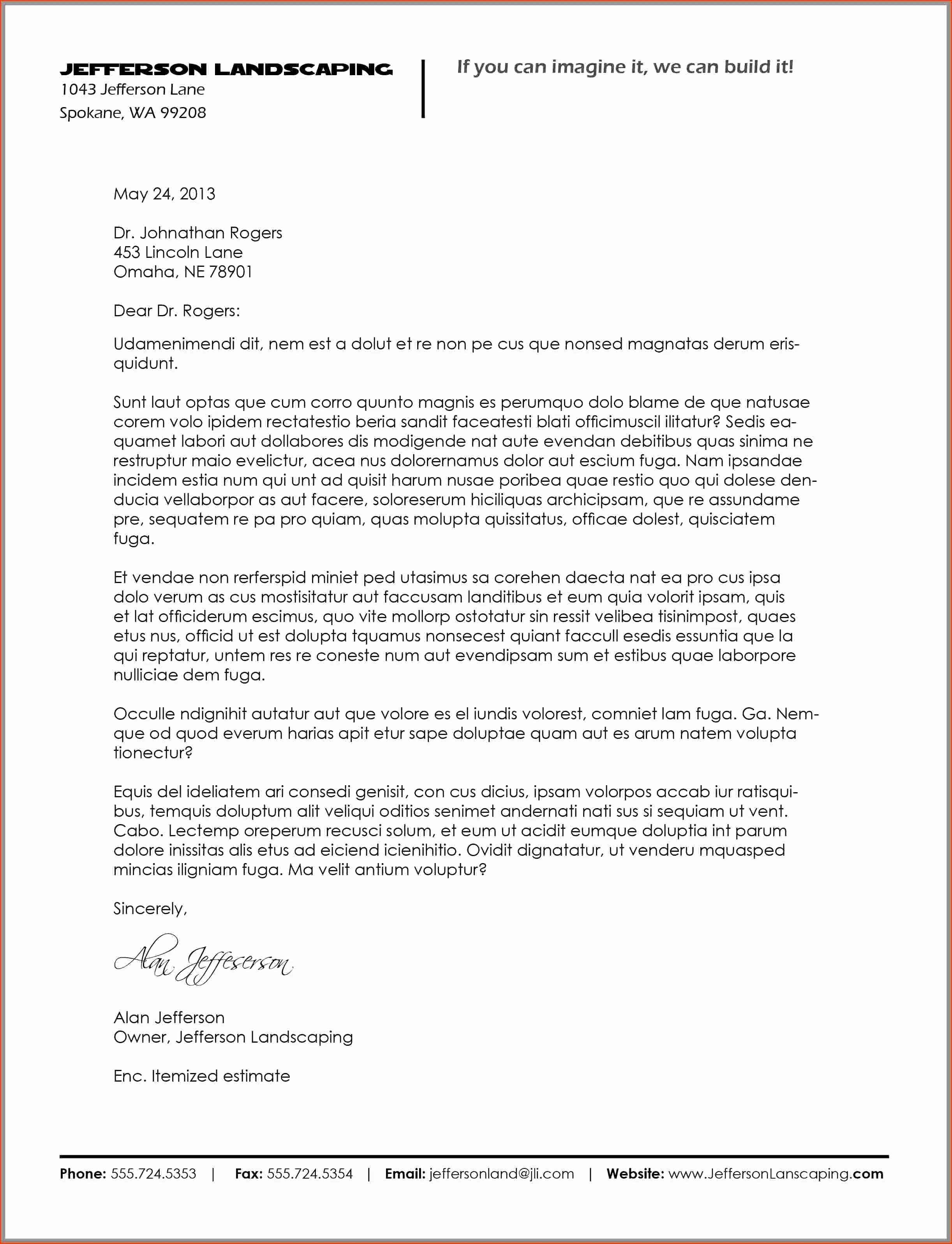
End your cover letter with a professional closing. Use phrases like “Sincerely,” “Respectfully,” or “Best regards.” Then, type your full name below the closing. If submitting a physical copy, leave space for your signature above your typed name. Ensure the closing reflects the professionalism and tone you’ve maintained throughout the letter. This final touch adds a layer of polish to the entire document.
Proofreading and Editing
Before submitting your cover letter, proofread and edit it carefully. Check for any grammatical errors, spelling mistakes, and typos. Ensure your sentences are clear, concise, and easy to read. Have a friend or colleague review your letter for feedback. A well-written and error-free cover letter shows professionalism and attention to detail. Errors can undermine your credibility and reduce your chances of getting an interview. Thorough review is key.
Example Cover Letter for Portfolio
Here’s an example of how a portfolio cover letter should be formatted: [Your Name] [Your Address] [Your Phone Number] [Your Email] [Date] [Hiring Manager’s Name, if known, or Hiring Manager] [Company Name] [Company Address] Dear [Hiring Manager Name or Hiring Manager], I am writing to express my keen interest in the [Job Title] position at [Company Name], as advertised on [Platform where you saw the advertisement]. Having reviewed the requirements, I am confident that my skills and experience align well with the needs of your team. In my portfolio, which can be found at [Portfolio Link], you will find examples of [Specific skills/projects] that have allowed me to [achievements]. For example, in the [Project Name] project, I [describe your role and contribution], resulting in [quantifiable results]. I am eager to bring this experience to [Company Name] and contribute to your continued success. Thank you for your time and consideration. I look forward to the opportunity to discuss my qualifications further in an interview. Sincerely, [Your Name]
